 |
|||||||||||||||||||||||||||||||||||||||||||||||
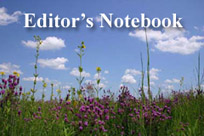 |
Spring 2011 Issue - Vol. 8, No. 1
Preview the Spring 2011 issue. |
||||||||||||||||||||||||||||||||||||||||||||||
|
|
|||||||||||||||||||||||||||||||||||||||||||||||
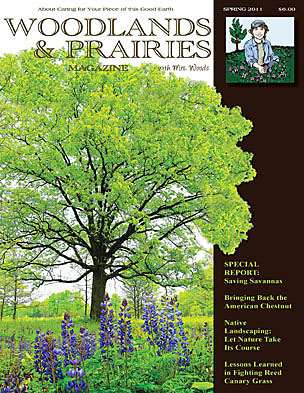 |
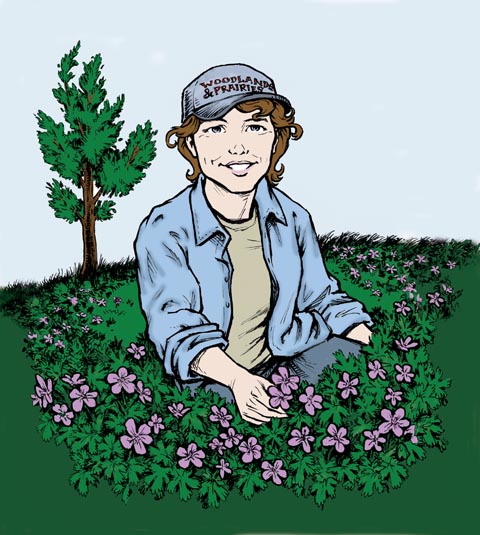 |
||||||||||||||||||||||||||||||||||||||||||||||
 |
|||||||||||||||||||||||||||||||||||||||||||||||
|
Fun & Philosophy from the pages of Woodlands & Prairies
The conversion Each Friday night after work, Niels would fire up his outdoor grill and cook a venison steak. The aroma wafting over the neighborhood was causing a problem because all of Niels’ neighbors were Catholic, and since it was Lent, they were forbidden from eating meat on Friday. The tempting aroma became so powerful that the Catholic faithful finally decided to talk to their priest. The priest came to visit Niels and suggested that he become a Catholic. After several quick classes and much cramming, Niels attended Mass. As the priest sprinkled holy water over him, he said, “You were born a Lutheran and raised a Lutheran, but now you are a Catholic.” Ole’s neighbors were relieved. But when the next Friday night came, the wonderful aroma of grilled venison again filled the neighborhood. The priest was called immediately by the neighbors. He rushed into Niels’ yard, preparing to scold him. Then he stopped and watched in amazement. There stood Niels, clutching a small bottle of holy water which he was carefully sprinkling over the grilling meat and chanting, “Yew vuz born a deer, yew vuz raised a deer, but now yew iss a walleye.” Never doubt that a small group of thoughtful, committed citizens can change the world. Indeed, it is the only thing that ever has.---Margaret Mead Then there was the patient who went to fill a prescription from his doctor who told him it was a medicine he’d have to take for the rest of his life. He was somewhat disconcerted to find that it read, "No refills". Natural areas management is not so much about making native plants grow. It’s about making non-native plants not grow.---Jack Pizzo, Ecological Restoration Consultant. I have long thought that anyone who does not regularly gaze up and see the wonder and glory of a dark night sky filled with countless stars loses a sense of their fundamental connectedness to the universe.---Theoretical physicist Brian Greene.
|
|||||||||||||||||||||||||||||||||||||||||||||||
| In this issue: What’s not to like about savannas? The park-like settings of widely spaced trees and grassy glades have entranced and benefitted us ever since the first of our kind roamed the African savannas 2 million years ago. Yet savannas are one of the most imperiled ecosystems on the planet. In North America, only about .02 percent remains of the some 32 million acres of savannas that once stretched from Canada to Mexico.
More details below. ---Mrs. Woods |
|||||||||||||||||||||||||||||||||||||||||||||||
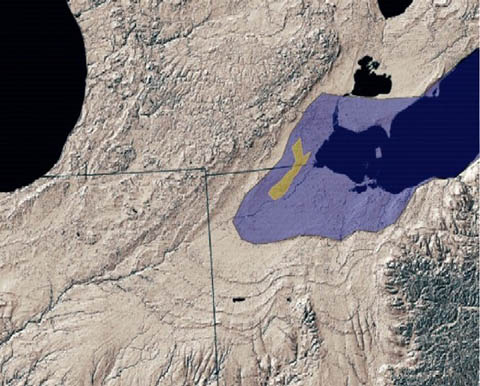 |
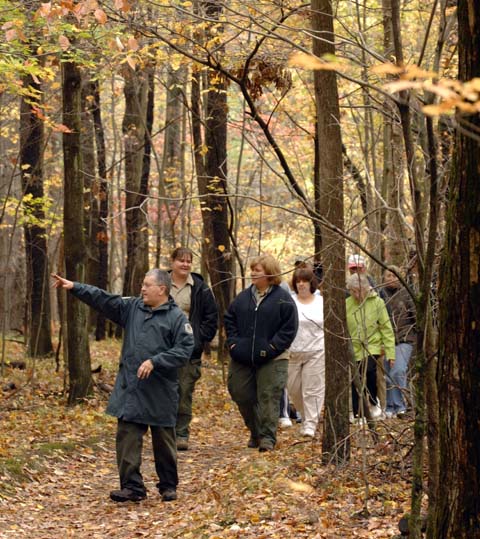 |
||||||||||||||||||||||||||||||||||||||||||||||
| We kick off a series on saving savannas, beginning this issue with the unique Oak Openings region in northwestern Ohio and southeastern Michigan. An elongated sandy ridge left at the end of the Ice Age formed the region. It evolved into one of the most biologically diverse natural areas on the planet; yet, the savannas, wetlands, and other ecosystems along the ridge were nearly destroyed by development. Rare plant and animal species were lost or threatened with extinction. But you’ll read how a dedicated group of people has reversed the destruction. It’s a prime example of community-based conservation. | |||||||||||||||||||||||||||||||||||||||||||||||
| The key was to build public awareness of the importance of the Oak Openings ecosystems. Naturalist Bob Jacksy is one of the best at it as he leads tours through Oak Openings landscapes protected by Metroparks of the Toledo Area. “Nature isn’t just for passive observation,” he tells visitors. “The survival of native plant and animal communities depends on positive human interventions.” | |||||||||||||||||||||||||||||||||||||||||||||||
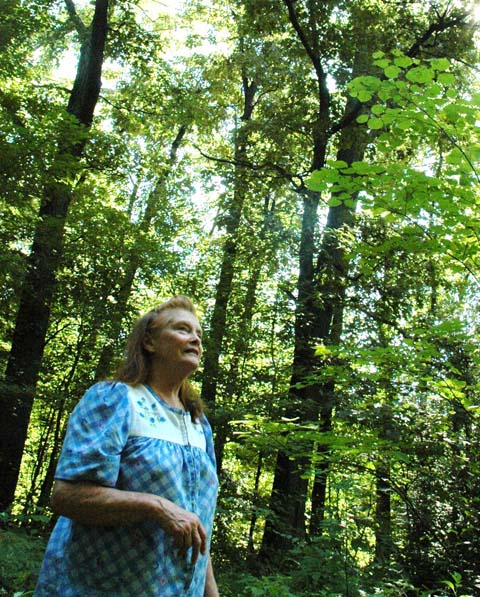 |
|||||||||||||||||||||||||||||||||||||||||||||||
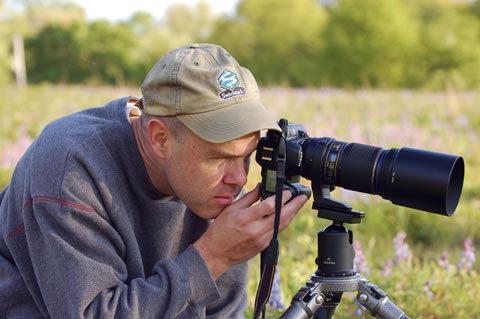 |
|||||||||||||||||||||||||||||||||||||||||||||||
| Jon Cross is another landowner who changed his focus after he realized that the sandy and swampy parts of his 8 acres were actually remnants of important Oak Openings. He’s not only restoring the communities, he’s telling the world about it through a Website he started at www.ohio-nature.com | |||||||||||||||||||||||||||||||||||||||||||||||
| Metroparks and other agencies protect several thousand acres in the Oak Openings. However, that leaves some 95 percent of the land in private hands. That’s why landowners play such an important role in the protection of Oak Openings ecosystems. Jan Gibson became a crusader for protecting those ecosystems after learning that the sandy hill in her back yard was a black oak lupine barren, a classic Oak Openings plant community. Gibson herself is as much a survivor as the threatened ecosystem in her yard. This inspirational story tells how this single mother protects the natural community with the same instincts she drew on in raising her six kids. | |||||||||||||||||||||||||||||||||||||||||||||||
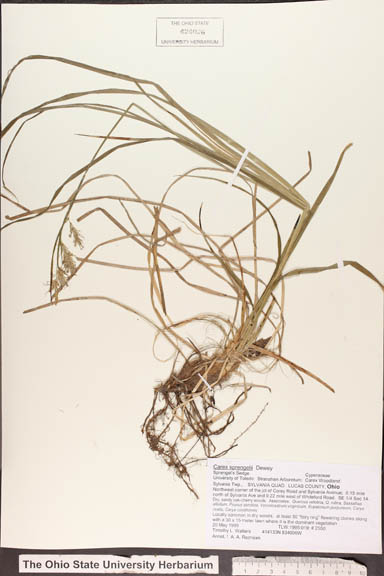 |
|||||||||||||||||||||||||||||||||||||||||||||||
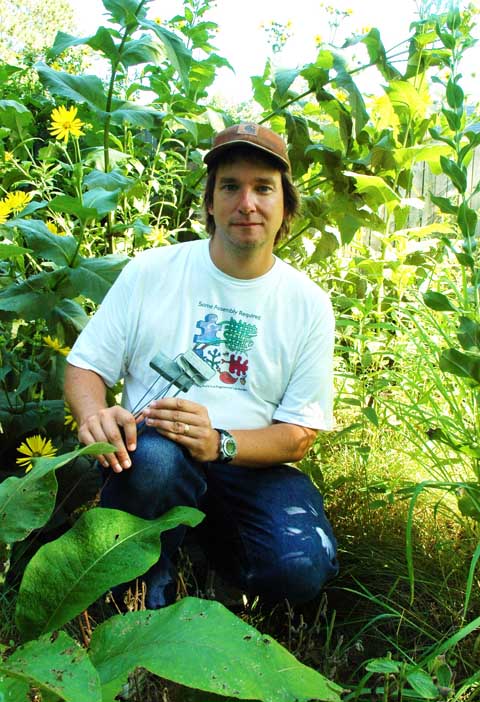 |
|||||||||||||||||||||||||||||||||||||||||||||||
| Tim Walters sends his dried plant specimens to herbaria, which leads us to report on these vital institutions that are essential to restoration efforts but tend to operate under the radar. In the U.S. alone, these “Libraries for Plants” hold more than 350 million specimens for study by scholars and naturalists of all stripes. | |||||||||||||||||||||||||||||||||||||||||||||||
 |
|||||||||||||||||||||||||||||||||||||||||||||||
| Other key players in the Oak Openings renaissance include botanist Tim Walters, who has undertaken the ambitious task of identifying, collecting, and cataloging every blessed native plant species he can find in the Oak Openings. His is the first such survey since the 1920s, and will provide an invaluable reference of Oak Openings flora. So far he’s documented more than 1,200 species. | |||||||||||||||||||||||||||||||||||||||||||||||
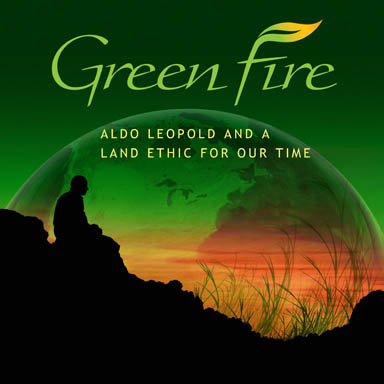 |
|||||||||||||||||||||||||||||||||||||||||||||||
| Ecological restoration isn’t just about the environmental benefits. Aldo Leopold wrote at length about its ethical dimension, and that’s the subject of a new film about his life, called “Green Fire: A Land Ethic for our Time.” Mark E. Cupp reviews this important movie. | |||||||||||||||||||||||||||||||||||||||||||||||
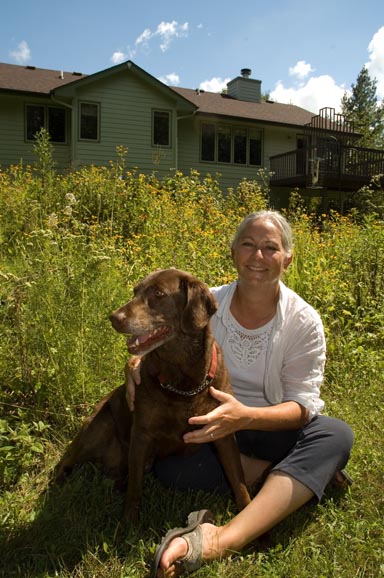 |
|||||||||||||||||||||||||||||||||||||||||||||||
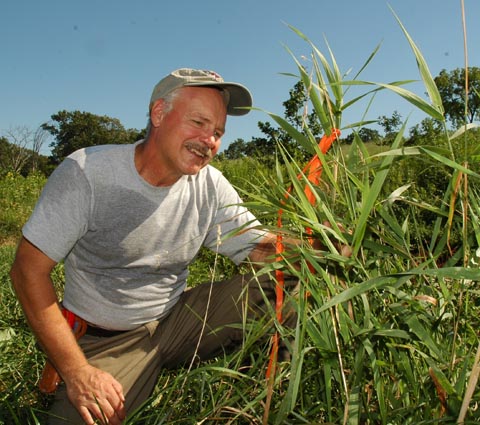 |
|||||||||||||||||||||||||||||||||||||||||||||||
| Our brain trust of regular contributors is back with us in this issue. Inger Lamb, our Yard Lady, tells how to let nature take its course in native landscaping. Dan Bohlin, Invasive Plants Guy, shares his experiences in fighting reed canary grass. Jack Knight, the Tree Guy, discusses the hoped-for comeback of the American chestnut. Carl Kurtz tells about the antioxidant benefits of wood betony, among other wonders of nature in Naturalist’s Notebook. | |||||||||||||||||||||||||||||||||||||||||||||||
| Dan Bohlin | |||||||||||||||||||||||||||||||||||||||||||||||
| Inger Lamb | |||||||||||||||||||||||||||||||||||||||||||||||
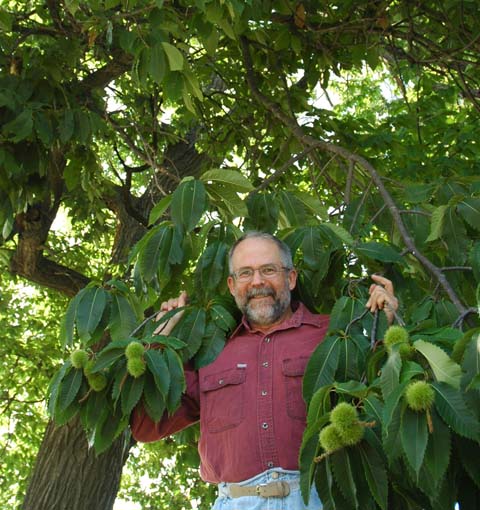 |
|||||||||||||||||||||||||||||||||||||||||||||||
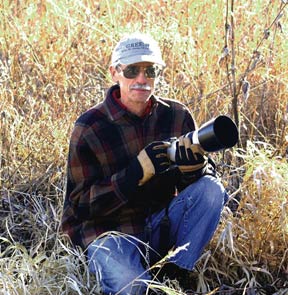 |
|||||||||||||||||||||||||||||||||||||||||||||||
| Carl Kurtz | |||||||||||||||||||||||||||||||||||||||||||||||
| Jack Knight | |||||||||||||||||||||||||||||||||||||||||||||||
|
|
|||||||||||||||||||||||||||||||||||||||||||||||
|
Midwest Woodlands & Prairies is published four times a year by Wood River Communications.
© by Wood River Communications. Reproduction prohibited without written consent |
|||||||||||||||||||||||||||||||||||||||||||||||